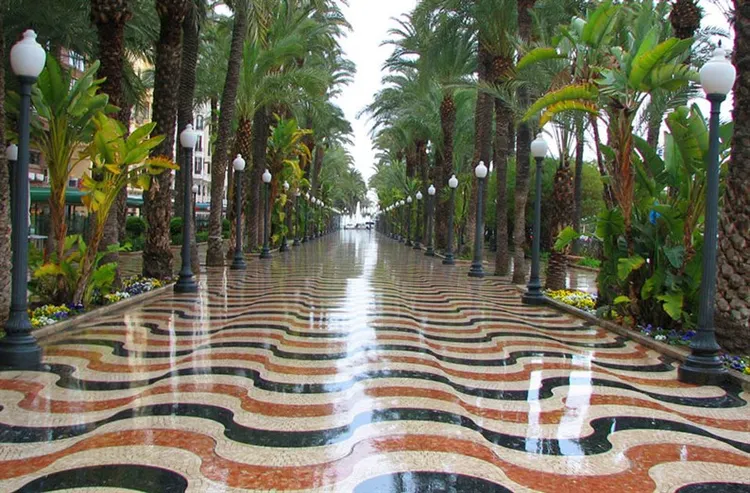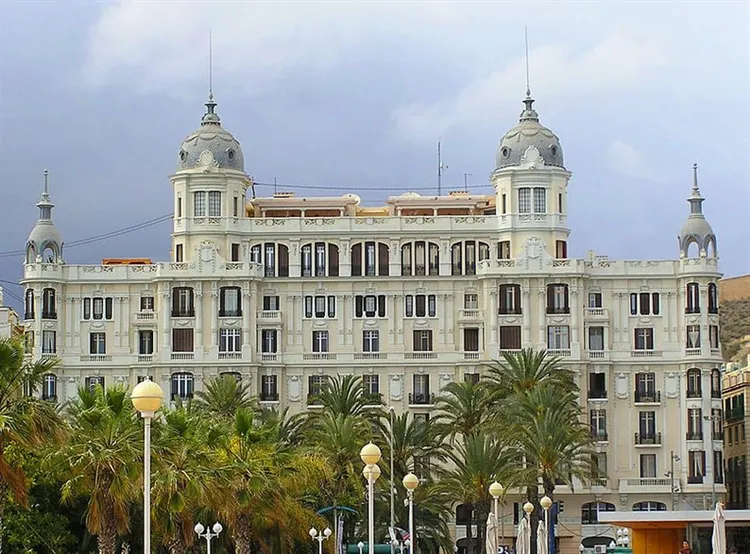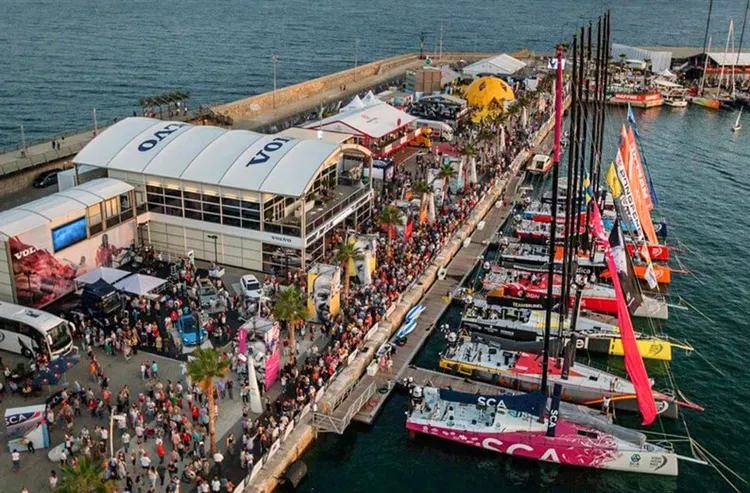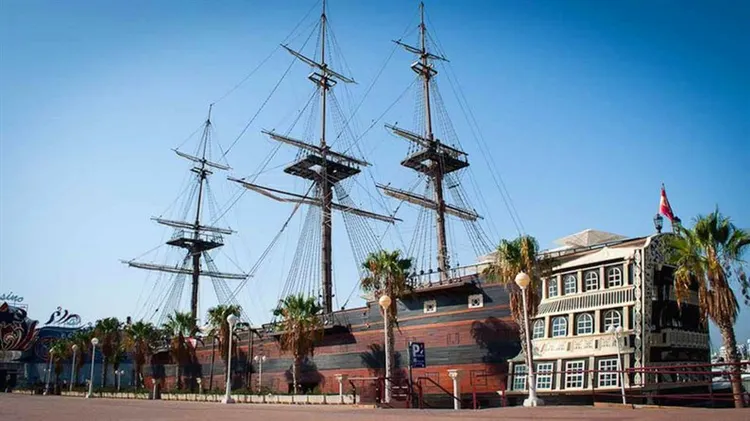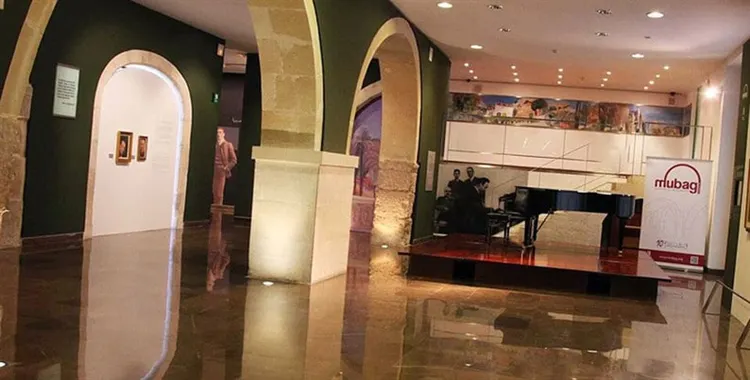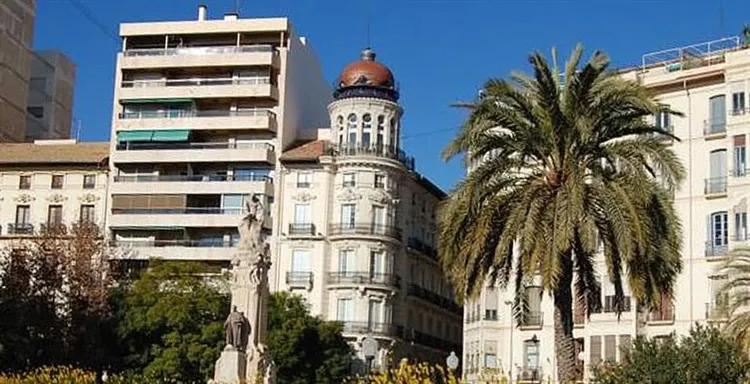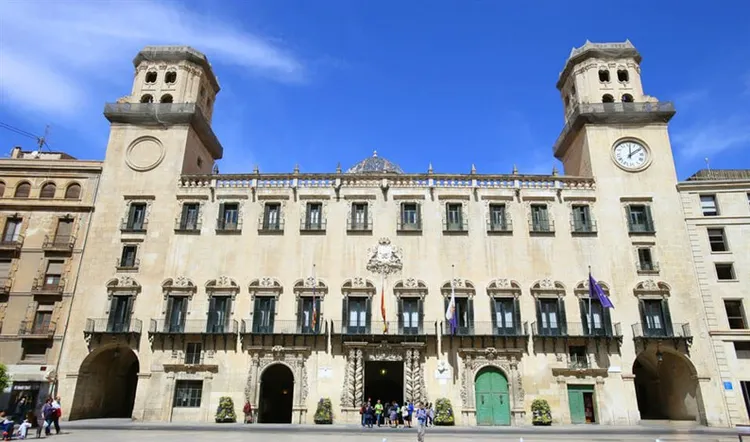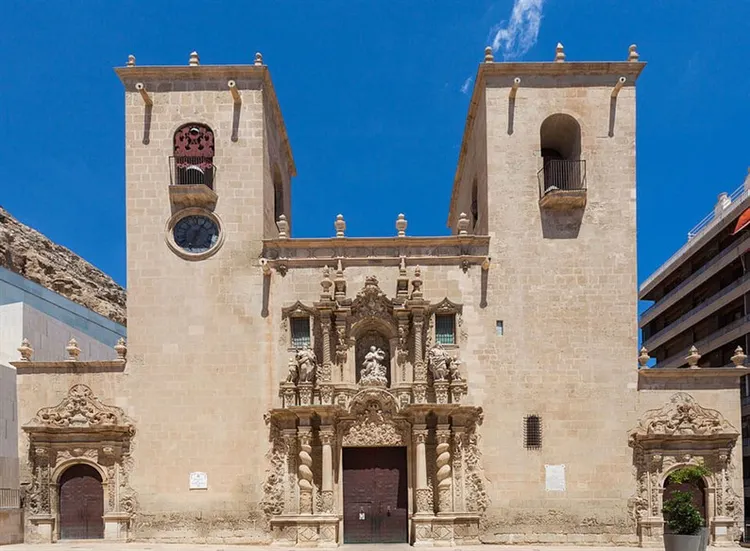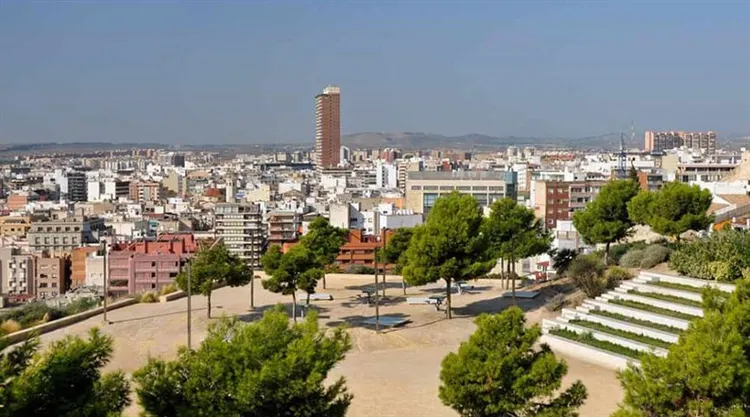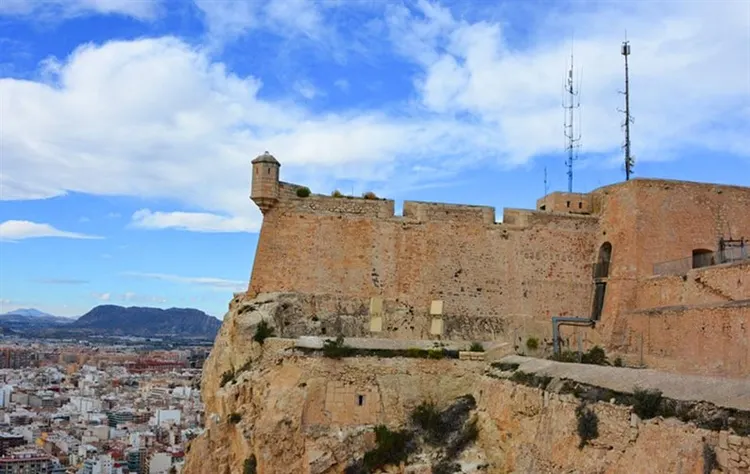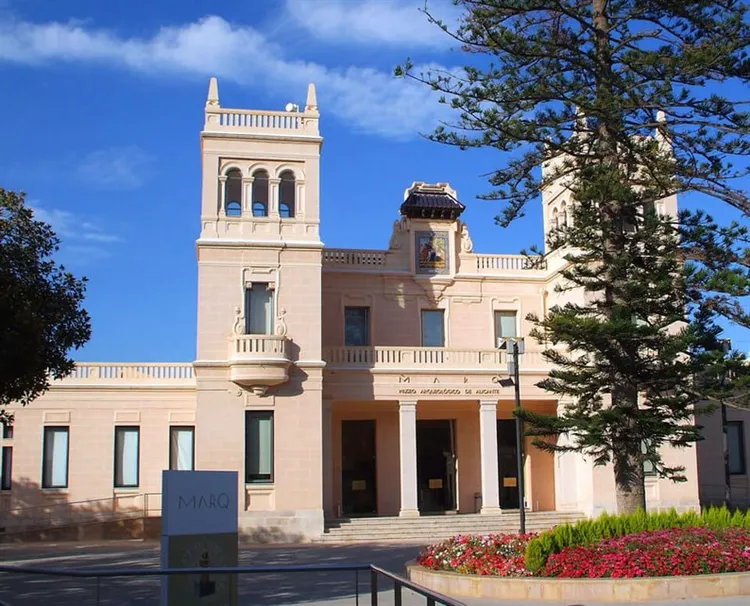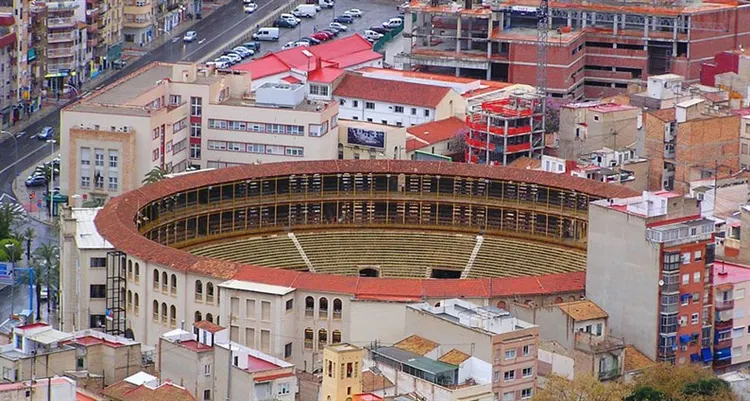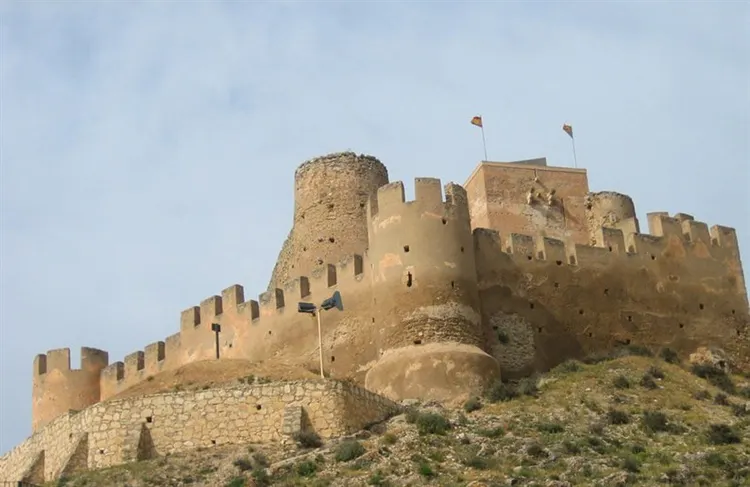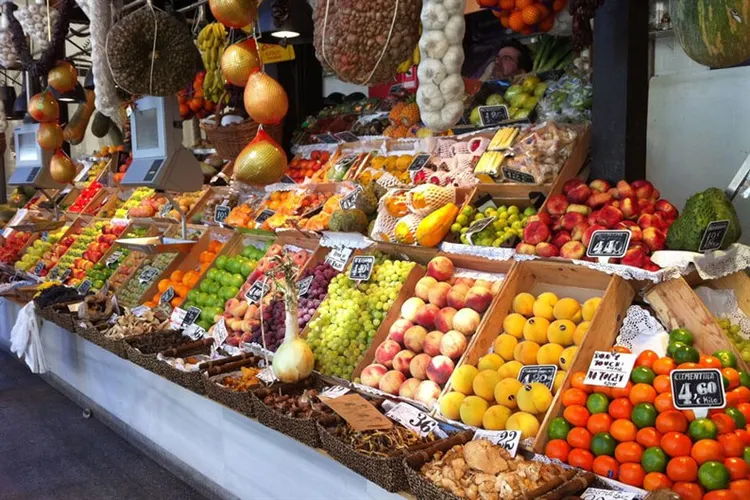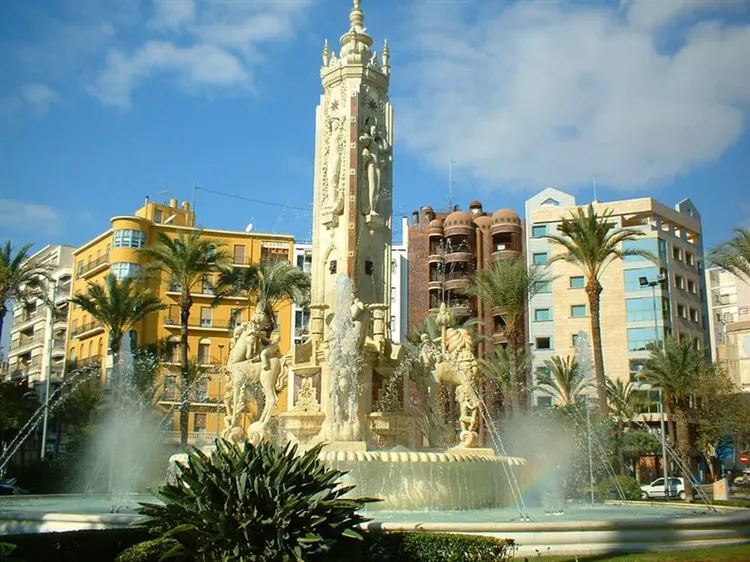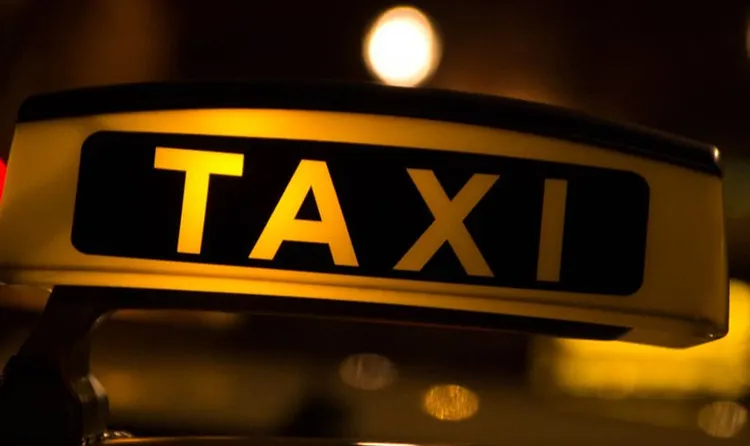What to see in Alicante in 1 day on your own – route, photo, description, map
Alicante is the administrative center of the Mediterranean coast of the Costa Blanca. The tourist boom of the 70s of the last century turned the port city with a centuries-old historical heritage into a popular resort with developed infrastructure. This amazing Spanish corner is famous for its picturesque picturesque quarters and squares, architectural ensembles and museums, luxurious beaches and hotel complexes. Visiting vacationers without much difficulty will find the answer to the question of what to see in Alicante in 1 day on their own. The city is replete with interesting sights that will leave a pleasant impression in the memory of tourists.
Esplanade Boulevard
One of the visiting cards of the capital of the Spanish coast of the Costa Blanca is the Esplanade pedestrian boulevard. This popular recreation area for residents and numerous guests of the city is a well-groomed embankment. A spacious avenue with sprawling date palms stretches along a half-kilometer seaside street, giving people a cool shade and a fragrant aroma of overhanging fruits. There are benches under the crowns of tall exotic trees.
The boulevard is replete with all sorts of cafeterias, bars, restaurants, banks, shops and souvenir shops. The esplanade boils around the clock and hums with active life. Here tourists will find an extensive entertainment program organized by street actors and musicians. Various events and concert festivals are regularly held in the open shell-shaped pavilion.
The central part of the boulevard is paved with colorful marble mosaics. The pavement laid with three-dimensional patterns creates an optical effect of a sea wave. The embankment is decorated with sculptural compositions, fancy lampposts and lush flower beds.
🏨 🚕 Individual transfer from the airport to the hotel and more
House of Carbonel
Behind the rows of stalls on the Esplanade embankment, a grandiose luxurious building rises, striking the audience with its architectural beauty. This is the Carbonell House, built in the 20s of the last century. The snow-white six-story building, erected in the Art Nouveau style, is crowned with two towers with domes. The perfectly symmetrical facade is decorated with numerous window openings of various shapes. The owner of the house was a wealthy entrepreneur Enrique Carbonel, engaged in textile and industrial production. He moved with his family to Alicante due to his daughter's illness.
On the recommendation of doctors, it was vital for her to stay on the Costa Blanca, where a warm maritime climate prevails. Today's grandiose apartments of the historical building are occupied by various organizations. Each floor has four apartments with an office, a dining room, a hall, three bedrooms, two bathrooms, a living room and a reception room. On the top floor there is a terrace, from where it opens an amazing view of the sea bay, the port and the boulevard.
Volvo Ocean Race Museum
In the port area there is a museum dedicated to the sport round-the-world sailing regatta “Volvo Ocean Race”. Every year since 1973, millions of viewers from all over the world have been closely and recklessly following the exciting sea voyage, which starts from the Spanish resort town of the Costa Bravo. Visitors to the modern complex will have the opportunity to get acquainted with the traditions and rules of sailing.
The exhibition consists of exhibits revealing the features of the nine-month competition. The collection contains unique frames, information stands, maps, navigational equipment, waterproof suits of expedition members and other interesting materials. Thanks to advanced technologies, tourists can take a virtual journey through the sea and play the role of yachtsmen. Special simulators imitate the steering wheel and the captain's cabin with the control panel of a high-speed yacht.
Ship “Holy Trinity”
An excellent replica of the old Spanish battleship “Holy Trinity” is moored to the eternal parking lot in the harbor. The original three-deck ship, launched in 1769, admired for its majestic size, which was an engineering marvel for the 18th century. Its length was more than sixty meters with a height of eight meters. It was one of the most heavily armed ships in the world, as evidenced by 140 artillery pieces. During the construction of the ship, varieties of Mexican pine and mahogany were used.
The ship “Holy Trinity” took part in decisive battles, including the struggle of Spain against Great Britain for the independence of the North American colonies. After the famous Battle of Trafalgar, the ship sank into the deep sea. Recreated in the 2000s, a duplicate of the symbol of the Spanish navy has become one of the attractions. Today, it houses a restaurant and a museum.
Museum of Fine Arts at Gravin Palace
A visit to the Museum of Fine Arts guarantees a pleasant experience. An impressive collection of paintings occupies the halls of the Gravin Palace, built in the 18th century. More than 500 works of art from the 16th-20th centuries are on display here. The exposition is represented by the works of such prominent local painters as Hokain Agrosot, Fernando Carbero, Antonio Hisbert and other natives of Alicante.
The paintings are divided according to a certain thematic category – a portrait, still life, landscape, as well as panels on social and religious subjects. The museum is equipped with multimedia devices, thanks to which the audience can enjoy visual presentations. The property of the gallery is the painting “Golgotha of Christ”, painted by Rodrigo do Osona in the 16th century.
House of Alberola
On Ramon Cajal Avenue, one of the grandiose monuments of architecture flaunts – Alberola House. The building was erected in 1894 by the Spanish architect José Guardiola Pico. According to official documentation, the owner of the building was Juan Alberola Romero. The house, built in neoclassical style, attracts attention with its cylindrical tower with window openings. The surface of the dome is lined with exquisite slate tiles. The symmetrical facade of the six-storey building is decorated with numerous rectangular windows with platbands, decorative cornices and balconies with wrought iron bars.
city hall
In the historical center, not far from the embankment, there is a cozy Town Hall Square, framed on four sides by gray stone buildings. Here stands the building of the city municipality, where local Spanish officials work for the benefit of the people. The magnificent monumental rectangular building is an interesting baroque palace of the 18th century. Its construction lasted about 90 years. In front of the town hall building, jets of a fountain are beating from under the stone slabs. There are cafeterias along the perimeter of the square.
The facade is crowned with two majestic thirty-five-meter towers, between which a dome is installed. The three-story City Hall is decorated with a balustrade, bas-reliefs, double windows with decorative architraves, balconies with wrought iron bars, curved pediments and a large coat of arms of the city. The central entrance to the town hall is a massive green iron gate, decorated on both sides with ornate columns. Doors are freely open for visiting all curious tourists. The luxuriously decorated interiors of the halls, furnished with antique carved furniture, abound with works of art. The gallery with portraits of mayors attracts attention.
Basilica of Santa Maria
The ancient church of St. Mary rightfully deserves the title of one of the expressive sights of the city. The erection of the Gothic basilica of the 14th century was marked by the fall of the rule of the Moors over the Spanish region. A temple was built on the ruins of a destroyed Muslim mosque. The church building has one nave. The sides of the façade are crowned with asymmetric bell towers. The central portal, decorated with amazing carvings, columns, sculptural groups and ornaments, causes delight.
In the interior decoration, the high vaulted ceiling, the gilded altar, stucco molding and the majestic organ instrument strike the eye. The halls of the basilica are separated by a massive arched gallery. Sculptural compositions impress viewers with the accuracy of lines and details of images. On the walls of the temple you can see many colorful artistic religious paintings.
Parc de la Hereta
The resort town attracts its guests not only with magnificent beaches and historical monuments of architecture, but also with picturesque natural places. One of these places is the park complex Eret. The green zone is located on the slope of Mount Benacantil at the foot of the famous fortress of Santa Barbara. It is in an ideal position to enjoy panoramic views of the city, the port, the coastal areas and the Mediterranean bay.
Thanks to the terraced organization of the park, the masters of landscape design managed to plant a large number of various lush coniferous trees and various shrubs. Here you can enjoy rich vegetation and aromas of fragrant flowers. Paths with steps lead to the terraces, along which there are well-groomed alleys with plantings. A leisurely walk through coniferous forests and olive groves will give tourists real pleasure. There are benches under the lush crowns of trees.
In addition to viewing platforms, the park has game entertainment areas for outdoor activities. On one of the terraces there is a fountain where children like to frolic. Climbing to the top platform, you can see the restaurant “La Ereta”. Its visitors have the opportunity to taste Mediterranean cuisine.
Fort Santa Barbara
At the top of Mount Benacantil stands the fortress of Santa Barbara majestically. This medieval fortification is the main architectural attraction of the resort. At first glance, it attracts the attention of vacationers with its monumental appearance. The impregnable formidable fort was erected in the 9th century under Arab rule. In the middle of the XIII century, the Christian troops of the King of Castile Alfonso X conquered the castle from the Moors. This event took place on the day of St. Barbara, hence the fortress got its famous name.
During its centuries-old history, Santa Barbara has withstood numerous military battles. The last attack on the fortress took place in 1873. Having lost its defensive strategic importance, the building turned into a prison. Since 1963, after a long period of neglect, abandonment and reconstruction, the citadel has been welcoming numerous tourists. The fortress consists of many buildings, narrow passages through stone arches and courtyards, which is of interest to connoisseurs of antiquity. The fort has all the elements typical of a medieval castle.
These are mighty jagged walls and loopholes, spacious bridgeheads and ammunition depots, watchtowers and secret passages, bastions and gloomy dungeons. On the territory there is a museum, a shop with souvenirs, as well as several cafeterias where you can have a bite to eat. Restaurant establishments offer visitors to stay on spacious terraces. Observation platforms deserve special attention. From a bird's eye view, breathtaking panoramic views of the city, port and sea bay open up. You can make the ascent to the castle by elevator or on foot through a picturesque landscaped park.
Archaeological Museum
This is one of the largest and most fascinating archaeological museums in Spain. The scientific and educational complex has an impressive collection of exhibits of historical value for the Costa Blanco region. The museum fund contains more than 80,000 unique artifacts. The exposition offers an opportunity to get acquainted with the stages of development of civilization that has existed on the shores of the Mediterranean for 100,000 years.
The exhibition occupies the premises of the former hospital of San Juan. Its halls are equipped with cutting-edge multimedia and audio-visual computer technologies, which allows tourists not only to view archaeological finds, but also to receive maximum useful information. This is facilitated by light, musical and holographic effects that virtually take viewers into the distant past.
Archaeological artifacts are housed in five halls. Each of them is dedicated to the corresponding historical era: the Paleolithic, Iberian culture, Roman rule, the Middle Ages and the modern period. Here you can see rock paintings, household and labor items, jewelry, dishes, tools, sculptures and much more. Thanks to visual shows and interactive media, visitors to the museum complex will be curious to find themselves in the atmosphere of the daily life of the Roman city or to learn in detail about the beliefs of Christianity and Islam.
bull fighting arena
Corrida for the Spaniards is an integral part of culture, a traditional ritual ceremony and a kind of psychological relaxation. The duel of the toreador and the bull delights the audience with its solemnity and significance of actions. The battle of a brave man with a powerful dangerous aggressive animal weighing half a ton embodies courage, resilience and the ability to overcome life's difficult circumstances.
A massive colorful and exciting performance is held in a special arena. Here it is called Plaza de Toros. This is one of the oldest buildings in the city and was inaugurated in 1849. The building looks like a Roman circus with spectator seats located around the arena. The sand-covered bullfighting area is separated by a barrier more than a meter high.
Fort San Fernando
Fortifications served to resist the attack of adversaries. One of the two fortifications, designed to repel enemy troops, was the castle of San Fernando. The construction of the fort was intended to protect the city from Napoleon's army, which terrified the whole of Europe. The construction of the fortress took place in 1812, but the plans of the French emperor changed. He preferred, to his own misfortune, to deploy troops and concentrate military forces against the Russian Empire. The citadel was a prison for some time.
The fortress of San Fernando rises on Mount Tossal, at the foot of which a deep ditch is dug. The fort consists of two bastions connected by a passage wall. The northern bastion is built in the form of a polygon, while the southern bastion has the shape of a truncated cone. The massive stone base of the structure houses bunkers to protect against artillery fire, warehouses with ammunition and provisions, as well as barracks. Around the castle there is a beautiful park complex where you can go in for sports and take a measured walk.
Central market
The Central Market deservedly belongs to one of the most interesting places in the capital of the Costa Blanco. Here life is constantly in full swing and a positive atmosphere reigns. Trade pavilions, replete with a variety of fresh products, are located in a beautiful building. The two-story magnificent building, erected in 1921, is an architectural value. The facade of the rectangular building is decorated with bas-reliefs, mosaics and stucco.
A large assortment of seafood, vegetables, fruits, meats, cheeses and sausages is amazing. The meat department is represented by cuts of pork, veal, beef, goat, chicken, duck, rabbit and turkey. The lower floor of the market is occupied by rows of seafood. Ice stalls are stocked with shrimp and mussels, clams and octopus, crabs and lobsters, spiny lobsters and lobsters, Mediterranean and ocean fish, and many other delicacies.
Juicy, ripe vegetables and fruits exude appetizing spicy aromas. Here you can buy mangoes, papaya, watermelons, oranges, peaches, pears and various outlandish fruits. Spices, mushrooms, eggs, nuts, a variety of pickles and sweets are also popular on the market.
Luceros Square
For many tourists, acquaintance with the sights originates from the central square of Luceros. It is here that buses arrive, making regular flights from the airport, and the main streets of the city begin from here. The square, which is a motor transport ring, is notable for its fountain in the form of a sculptural composition. In the center of the pool rises a column adorned with monumental statues. Around the fountain there is a green lawn with palm trees and flowers. Nearby are modern residential complexes, administrative offices, shopping centers.
How to get from the airport to the center
The international airport is the most important transport hub in the south of Spain. The modern terminal of the air terminal is equipped with a developed infrastructure necessary for comfortable passenger service. The airport is located ten kilometers from the city center. After passing through passport control and collecting luggage, tourists can use two modes of transport: bus and taxi.
A bus service is organized between the capital of the Costa Blanco resort region and the air harbor. Blue buses operate on the C-6 route every twenty minutes from 6:40 to midnight. Travel time takes about 30 minutes. The ticket price is 3.85 euros. The stop is located on the second level of the terminal. You can buy a ticket from the driver when boarding. Buses are air-conditioned and have free Wi-Fi.
The most convenient and fastest way to transfer from the airport is a taxi, which will take passengers in 15 minutes. This option is ideal for those who do not want to depend on public transport schedules or are carrying bulky luggage with them. Unlike the bus, the taxi service provides services around the clock. Tourists can pre-order a car by the time of their arrival through special aggregators or find a free taxi at the exit from the terminal. The price of the trip will cost about 30 euros.
